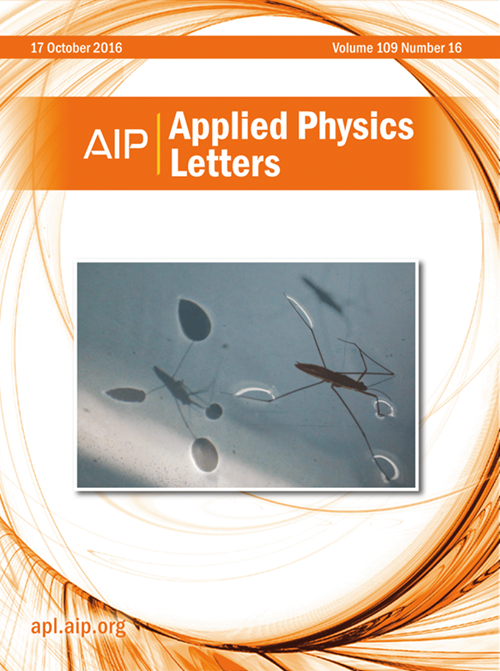Parallel wavefront single-pixel imaging
IF 3.5
2区 物理与天体物理
Q2 PHYSICS, APPLIED
引用次数: 0
Abstract
Wavefront single-pixel imaging (WSPI) can efficiently capture the amplitude and phase information of an unknown field using a single-pixel detector. However, as the imaging resolution increases, more modulation patterns are required, restricting the imaging speed. Here, we propose a parallel wavefront single-pixel imaging (PWSPI) technique, leveraging grating arrangement and multiplex to establish parallel common-path interferometric detections, for obtaining different parts of the target wavefront simultaneously. Such an approach reduces the number of modulation patterns required and accelerates the imaging speed. Simulations and experimental results show that using four parallel interferometric detections elaborately designed can achieve a fourfold enhancement in the imaging speed while maintaining the imaging quality. We further validate the performance of PWSPI by reconstructing the wavefront of a dragonfly wing, confirming its effectiveness in the application of biological sample imaging. It provides a promising WSPI scheme for a faster acquisition of amplitude and phase information.平行波前单像素成像
波前单像素成像(WSPI)可以利用单像素探测器有效地捕获未知场的幅值和相位信息。然而,随着成像分辨率的提高,需要更多的调制模式,从而限制了成像速度。在这里,我们提出了一种平行波前单像素成像(PWSPI)技术,利用光栅排列和复用建立平行共路干涉检测,同时获得目标波前的不同部分。这种方法减少了所需调制模式的数量,加快了成像速度。仿真和实验结果表明,采用精心设计的四个平行干涉检测器,在保证成像质量的前提下,成像速度提高了4倍。我们通过重建蜻蜓翅膀的波前进一步验证了PWSPI的性能,证实了其在生物样品成像应用中的有效性。它提供了一种有前途的WSPI方案,可以更快地获取幅度和相位信息。
本文章由计算机程序翻译,如有差异,请以英文原文为准。
求助全文
约1分钟内获得全文
求助全文
来源期刊

Applied Physics Letters
物理-物理:应用
CiteScore
6.40
自引率
10.00%
发文量
1821
审稿时长
1.6 months
期刊介绍:
Applied Physics Letters (APL) features concise, up-to-date reports on significant new findings in applied physics. Emphasizing rapid dissemination of key data and new physical insights, APL offers prompt publication of new experimental and theoretical papers reporting applications of physics phenomena to all branches of science, engineering, and modern technology.
In addition to regular articles, the journal also publishes invited Fast Track, Perspectives, and in-depth Editorials which report on cutting-edge areas in applied physics.
APL Perspectives are forward-looking invited letters which highlight recent developments or discoveries. Emphasis is placed on very recent developments, potentially disruptive technologies, open questions and possible solutions. They also include a mini-roadmap detailing where the community should direct efforts in order for the phenomena to be viable for application and the challenges associated with meeting that performance threshold. Perspectives are characterized by personal viewpoints and opinions of recognized experts in the field.
Fast Track articles are invited original research articles that report results that are particularly novel and important or provide a significant advancement in an emerging field. Because of the urgency and scientific importance of the work, the peer review process is accelerated. If, during the review process, it becomes apparent that the paper does not meet the Fast Track criterion, it is returned to a normal track.
 求助内容:
求助内容: 应助结果提醒方式:
应助结果提醒方式:


